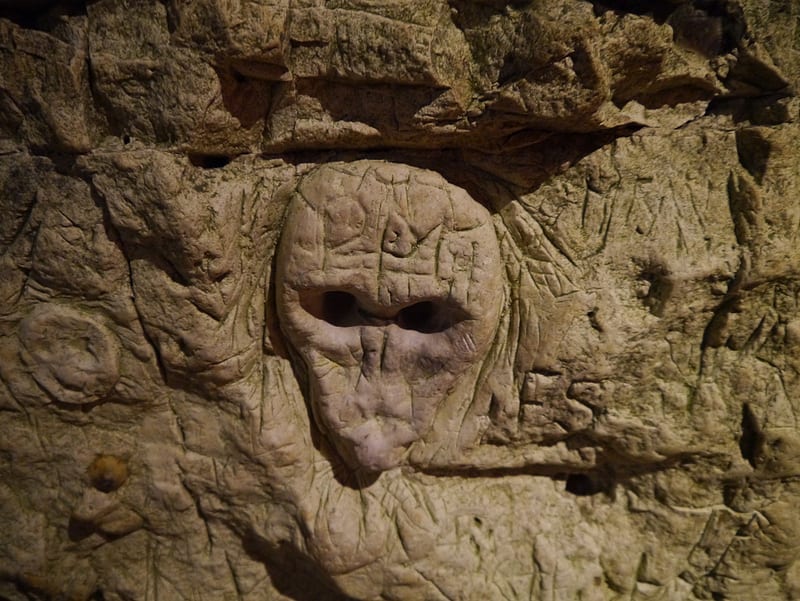Summary
The Historical Journey
Chislehurst Caves hold an eminent place in history with their multifaceted past. Originating as chalk mines in the 13th century, the caves have transformed through the ages to serve as a vital air-raid shelter during World War II and then as a sensational concert venue during the 60s and 70s. Today, they invite thousands each year to explore these vaults of time, teaching us about human innovation, culture, and survival.
Get your dose of History via Email
Significance in Culture and Education
The caves have transcended their early industrial use to become a cornerstone of culture and education. Documentaries and educational programs capitalize on their rich legacy from bygone eras. The site serves not only as a historical attraction but also as a learning ground to comprehend life’s progression through different time periods, showcasing the indelible mark that Chislehurst Caves have left on society.
Preserving and Advancing Understanding
Efforts by historians and archaeologists continue to preserve and interpret the cultural significance of the caves. As they research using advanced dating methods and theories, these specialists provide deeper insight into the caves’ origins and uses. Their work fosters greater appreciation for this historical site, cementing Chislehurst Caves as an essential chapter in our shared narrative and kindling ongoing public interest in these echoic chambers of history.
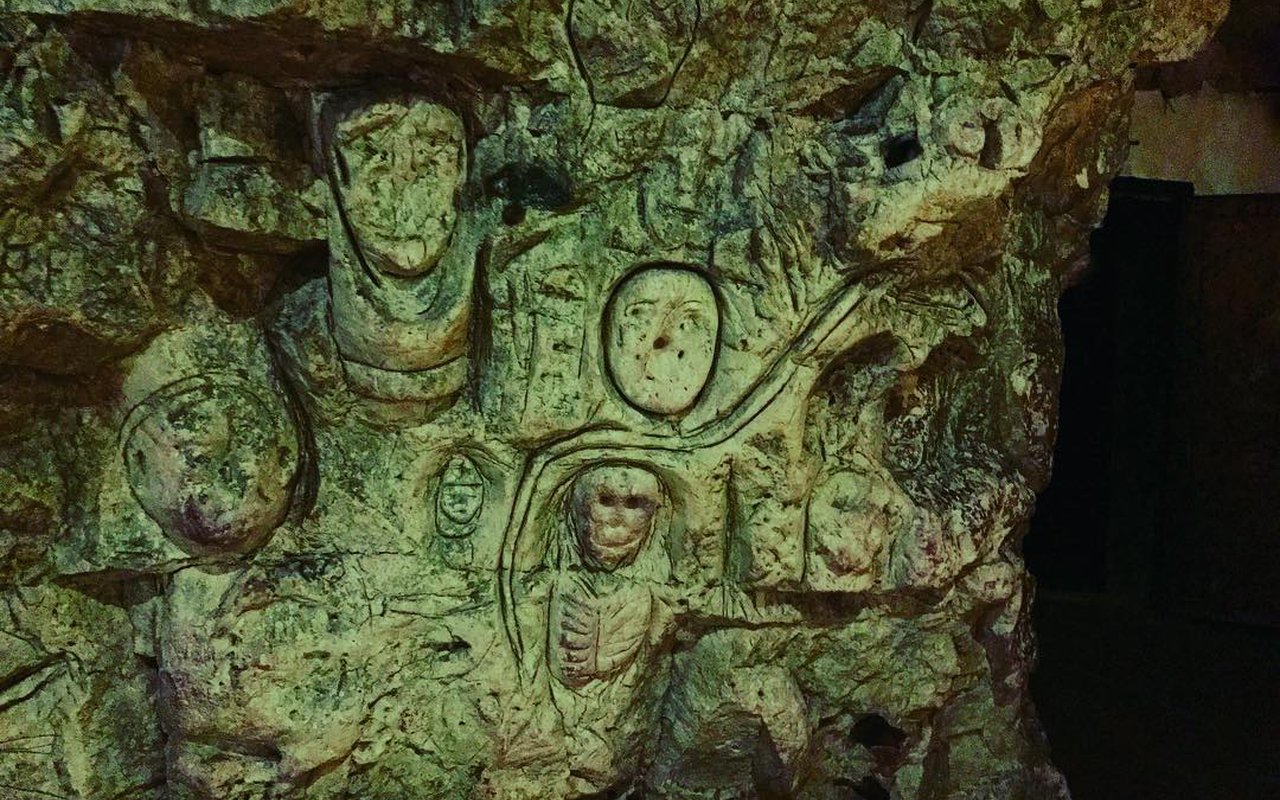
Historical Background of Chislehurst Caves
Chislehurst Caves hold a mystique as an intricate network of tunnels in Southeast London. Initially, the Chalk mine’s origins trace back to the 13th century. Over time, these caves have seen a multitude of uses. During the World War II era, they served as an air-raid shelter, providing protection for thousands. Post-war, they morphed into a unique concert venue, with iconic bands like The Rolling Stones gracing their depths. Nowadays, they stand as a historical and cultural attraction, inviting visitors to explore their shadowy past.
The Early Days of Chalk Mining
The chalk mining operations that created Chislehurst Caves began in the Middle Ages. Miners extracted flint and lime for building materials, inadvertently sculpting a subterranean maze. Spanning 22 miles, the caves weave through history itself. They demonstrate the early industry’s impact on the landscape. While the mining ceased in the 1830s, the legacy of those centuries-old tunnels endures.
The Caves’ Role in Wartime
Chislehurst Caves gained a new purpose during World War I and II, transforming into a crucial sanctuary. With their natural insulation, the caves provided constant temperatures and secure hideouts from bombs. In World War II, they adapted to house over 15,000 people as an underground city complete with a chapel and hospital. This period marks a poignant chapter in the caves’ long tale, commemorating the resilience of human spirit.
From Shelter to Stage
After the wars, the caves found an unexpected new life in entertainment. In the 1960s and 70s, they became a rock and roll haven. The cool, echoic environment proved ideal for concerts. Legends including David Bowie and Jimi Hendrix performed there, infusing the caves with a rich musical heritage. This distinctive phase contributes another fascinating layer to the caves’ ongoing narrative.
Today, Chislehurst Caves continue to captivate visitors with their storied walls and echoes of the past. The guided tours offer an immersive glimpse into the caves’ multifaceted history. Enthusiasts and novices alike are drawn to discover the secrets and stories etched into the chalk, making the caves a timeless portal to bygone eras.
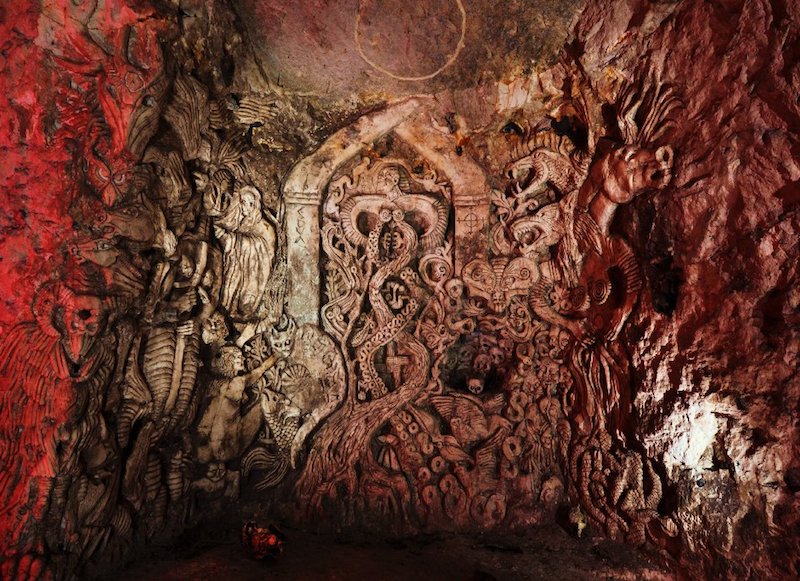
The Discovery of Chislehurst Caves
The Unveiling of the Chalk Mines
The origins of Chislehurst Caves’ discovery are as shrouded in mystery as the caves themselves. It’s widely agreed that the caves were not discovered, but rather created by the need for chalk and flint. Local records suggest that the extraction of chalk began in the 13th century. This practical endeavor gave rise to the vast network of caves that exist today. As each section was depleted, miners dug further, accidentally creating an intricate maze beneath the earth.
The Search for Building Materials
Chamber by chamber, the caves were revealed as workers dug through the soft chalk. The demand for lime and flint in the burgeoning construction industry of the era drove miners deeper underground. Each stroke of the pickaxe and thrust of the shovel uncovered more of what would become Chislehurst Caves. This search for resources unintentionally birthed a labyrinth that stretches over 22 miles, concealed from the public eye for centuries.
Historical Documentations and Maps
The first official record of the caves’ existence dates back to the 19th century. Mapped out and documented, they captured local and scholarly interest. The maps highlighted vast sections and passageways, each with its own story. Local historians did their part to chronicle the narratives of the mines, ensuring the caves’ history was preserved. Thus, the knowledge of this underground marvel began to permeate the public consciousness.
Inquisitive explorers and geologists ventured into the depths, eager to understand the network’s extent. Their explorations brought to light the caves’ ancient beginnings, and their role in local history. Curiosity turned to fascination as discoveries of ancient tools and markings suggested a far more complex past than simple chalk mines.
Today, the discovery of Chislehurst Caves lives on through guided tours and educational trips. Visitors walk the paths once carved by medieval miners, exploring the hidden corners of this man-made wonder. The discovery process never truly ends, as the mystery of the caves continues to unfold with each group that wanders its shadowy tunnels.
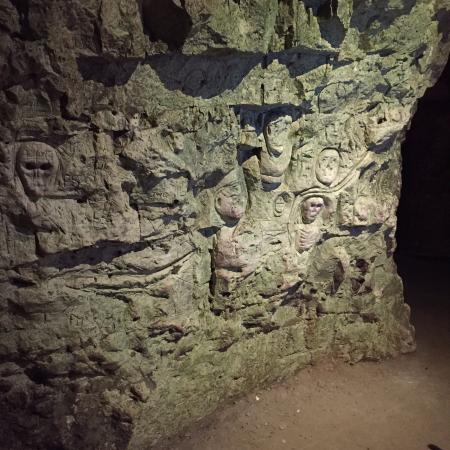
Cultural Significance, Dating methods, Theories and Interpretations
Cultural Impact of the Caves
The Chislehurst Caves have been a significant cultural landmark for centuries. Used initially as a source of chalk, they gained prominence as a wartime haven. Later, they evolved into an iconic music venue. Today, they continue to serve as a fascinating historical site, highlighting the adaptability and creativity of human uses of natural spaces.
Dating the Caves
Dating the Chislehurst Caves has been complex, relying on a combination of archaeological finds and historical records. Carbon dating of artifacts and the stratigraphy of the chalk layers have provided insights into the caves’ extensive use across different periods. These scientific methods help build a timeline of human activity and the caves’ development.
Theories About the Caves’ Origins
There is a plethora of theories regarding the original purpose of the caves. Some believe they served religious functions, while others speculate on their use as storage or hiding places. The lack of definitive proof leaves room for interpretation, but each theory adds to the rich tapestry of the caves’ history.
Interpretations of the caves’ history have shifted over time. Historians and archaeologists continually debate their significance. These discussions contribute to our broader understanding of historical sites and how they inform our present.
Chislehurst Caves stand out as a site where history, culture, and natural beauty intersect. Their story is a vivid reminder of our ancestors’ lives and their lasting impact on the landscape. As we continue to explore and interpret their depths, the caves promise to be a source of fascination for generations to come.
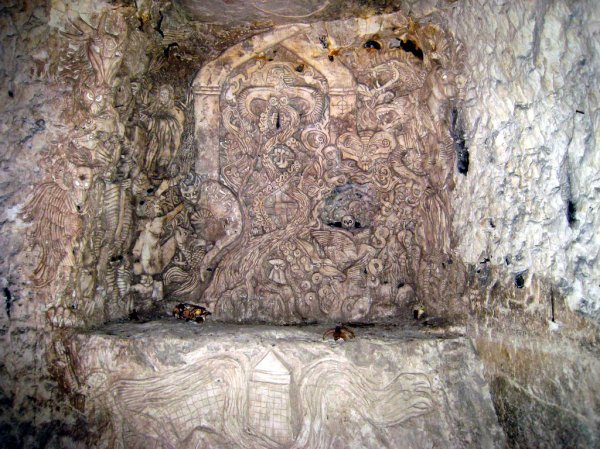
Conclusion and Sources
Chislehurst Caves stand as a historical and cultural beacon, illuminating our past with their darkened chambers and echoes of ancient activities. As a site of significant archaeological interest, they remind us of humanity’s ceaseless quest for shelter, resources, and communal safety throughout the centuries. The caves’ layered history, from their formation to their various uses over time, shapes them as a priceless heritage site that continues to fascinate scholars and visitors alike. In the depths of these tunnels, stories of labor, wartime resolve, and celebration converge, offering a unique window into the human experience. As we piece together the chronicles of Chislehurst Caves, their profound impact on our understanding of history is undeniable.
Balderstone, D. (2016). The Story of Chislehurst Caves. Chislehurst Society.
Brailey, S. (1993). A Historical Review of the Chislehurst Mines. Kentish Geographer, 17(1), 5-19.
Chislehurst Caves Ltd. (2020). Chislehurst Caves: History and Tours. Retrieved from http://www.chislehurst-caves.co.uk
Hunt, A. (2014). Subterranean Histories: Chislehurst Caves. London: Historical Press.
Wollaston, S. (2011). Kent’s Cavernous History: An Assessment of Chislehurst Caves. Archaeologia Cantiana, 126, 213-225.

